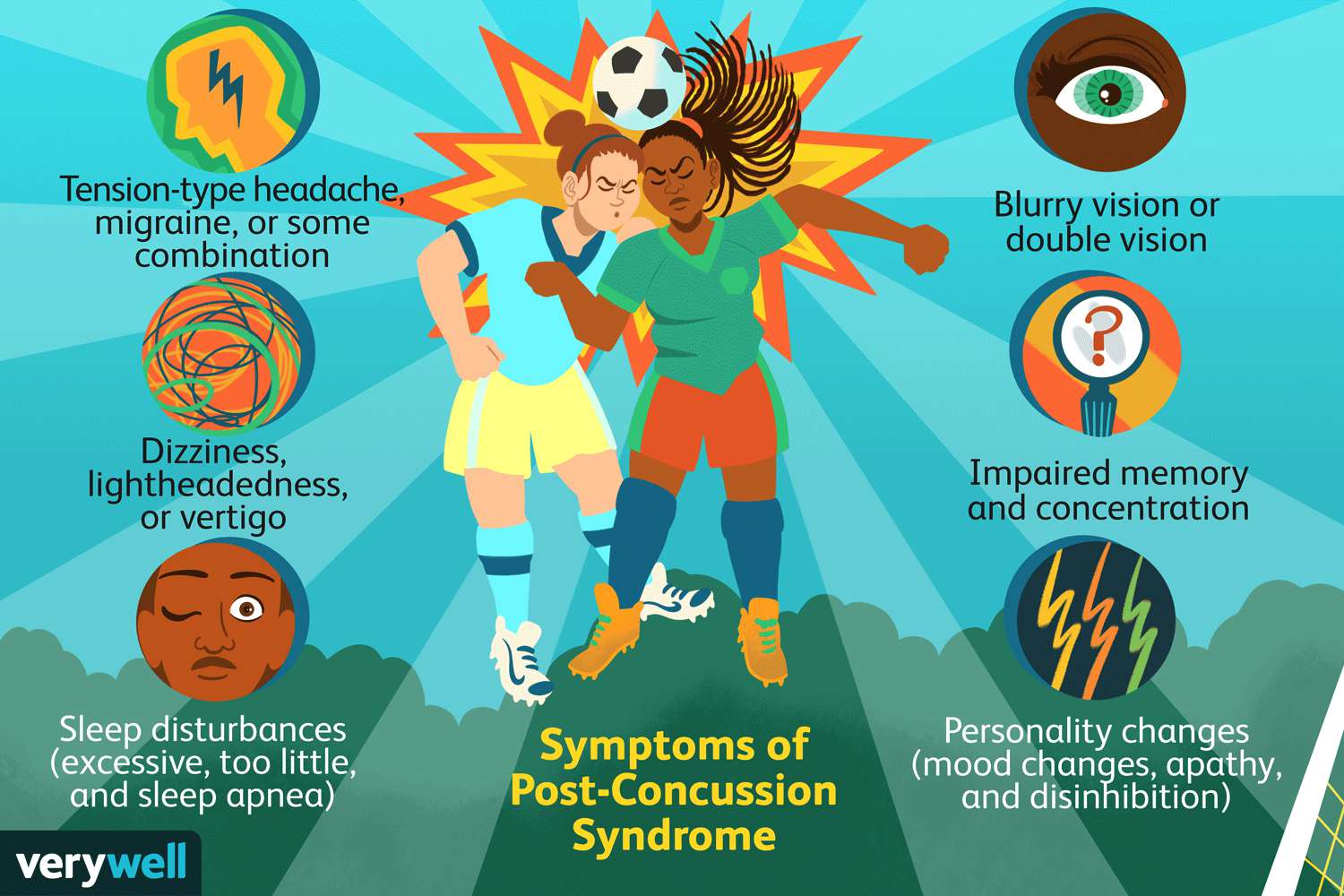Cerebral palsy (CP) is a neurological disorder that affects movement, muscle tone, and posture. It can also lead to a variety of associated conditions, which can impact a person’s quality of life.
Common Associated Conditions
- Seizures and Epilepsy:
- A significant number of individuals with CP experience seizures, often due to brain damage.
- Epilepsy, a neurological disorder characterized by recurrent seizures, is more common in individuals with CP.
- Intellectual Disability:
- Cognitive impairments, including intellectual disability, can occur in some individuals with CP, affecting their learning and problem-solving abilities.
- Sensory Impairments:
- Vision Problems: Issues like strabismus (crossed eyes), nystagmus (involuntary eye movements), and amblyopia (lazy eye) can affect vision.
- Hearing Impairment: Hearing loss can occur due to various factors, including middle ear infections and nerve damage.
- Speech and Language Disorders:
- Difficulty with articulation, language comprehension, and expressive language can be common in individuals with CP.
- Feeding Difficulties:
- Issues with swallowing, sucking, and chewing can lead to feeding difficulties.
- Gastroesophageal reflux (GERD) is also common.
- Orthopedic Problems:
- Bone deformities, joint contractures, and muscle weakness can lead to orthopedic issues.
- Scoliosis, a curvature of the spine, is a common orthopedic problem in individuals with CP.
- Bladder and Bowel Dysfunction:
- Difficulty with bladder and bowel control can lead to incontinence and constipation.
- Mental Health Conditions:
- Individuals with CP may experience emotional and behavioral challenges, such as anxiety, depression, and challenging behaviors.
Management and Treatment
Early intervention and comprehensive care are crucial for individuals with CP and associated conditions. Treatment may involve:
- Physical Therapy: To improve motor function, balance, and coordination.
- Occupational Therapy: To enhance daily living skills and fine motor skills.
- Speech Therapy: To improve communication and swallowing skills.
- Medication: To manage pain, seizures, and other medical conditions.
- Assistive Technology: To aid in mobility, communication, and daily living tasks.
- Psychological Support: To address emotional and behavioral challenges.
It’s important to work closely with a team of healthcare professionals, including pediatricians, neurologists, physical therapists, occupational therapists, and speech-language pathologists, to develop an individualized treatment plan.



